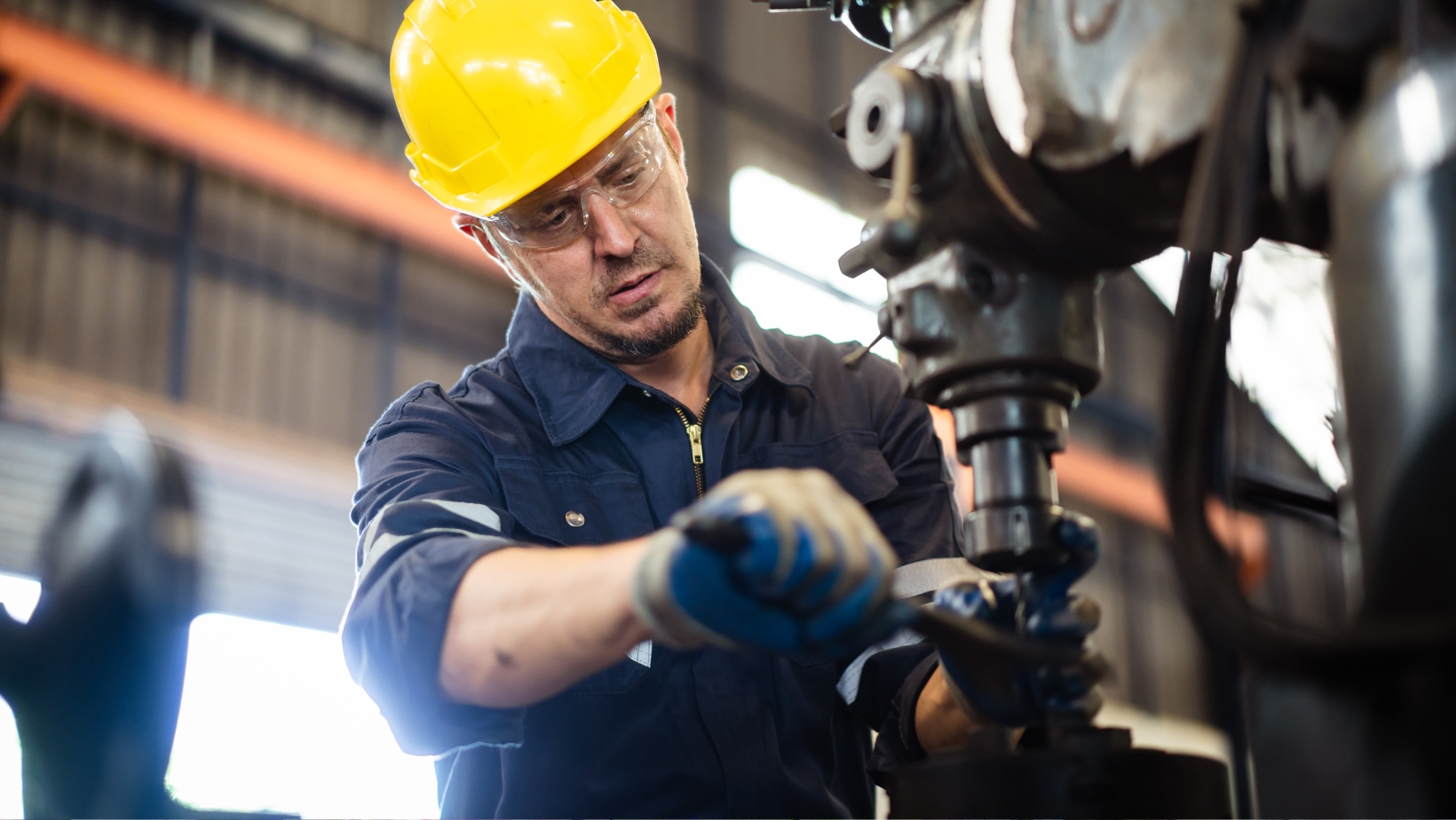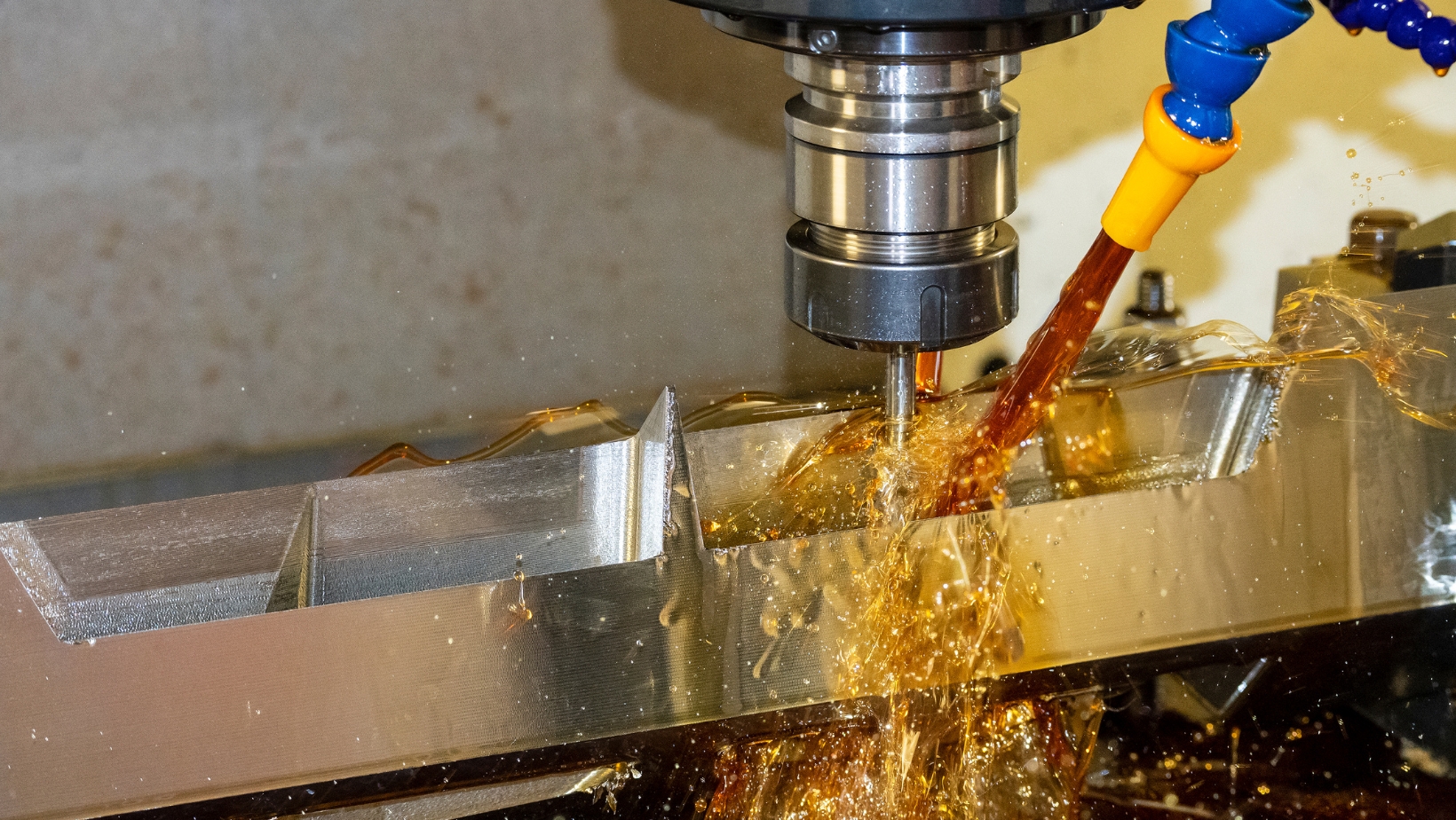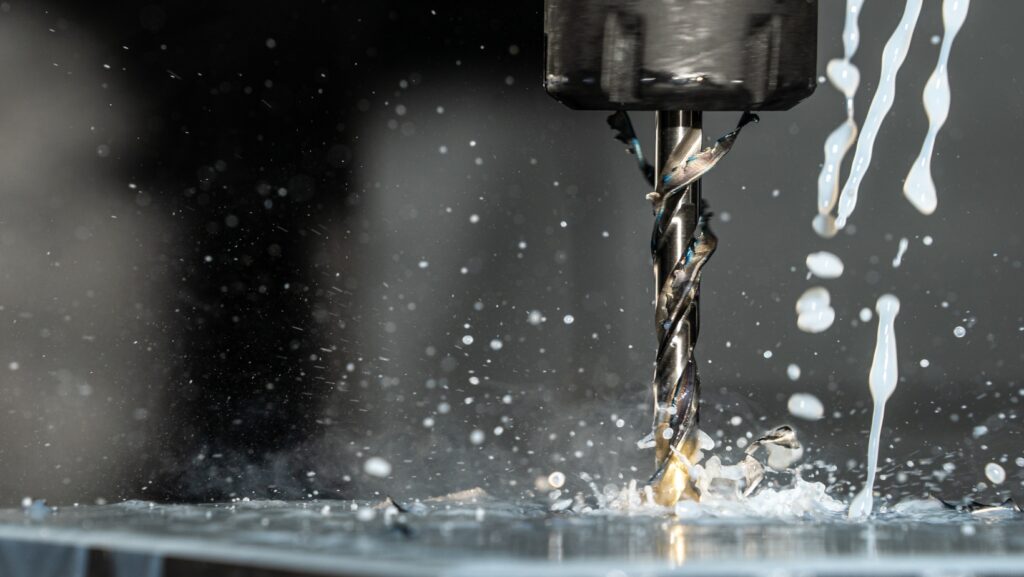Proper coolant and lubrication management is crucial for maintaining the precision, longevity, and performance of CNC machines, directly impacting both part quality and tool life. How do I optimize the coolant and lubrication system on my CNC drilling and milling machine?
To optimize your CNC coolant system, maintain coolant concentration between 6-12%, check fluid levels daily, clean the system monthly, filter continuously, and keep the temperature between 20-25°C (68-77°F) for optimal performance.
While this basic optimization approach works for most situations, different materials and cutting operations may require specific parameter adjustments. Read to learn how to fine-tune your coolant system based on your particular machining needs and discover advanced optimization techniques that can significantly extend tool life and improve surface finish quality.
How To Adjust Coolant Parameters For Different Materials
A higher coolant concentration of 8-12% is recommended when working with aluminum to prevent built-up edge formation and ensure proper chip evacuation. The flow rate should also be increased to handle aluminum’s tendency to produce long, stringy chips. For steel and iron, maintain concentration between 6-8% and use moderate pressure to prevent oxidation and provide adequate cooling.

Consider switching to specialized coolants with enhanced lubricity for titanium and high-temperature alloys. These materials require lower cutting speeds but higher coolant pressure to penetrate the cutting zone effectively. Maintaining a coolant temperature below 20°C (68°F) becomes critical when machining these heat-resistant materials.
Why Regular Coolant Maintenance Is Essential For System Performance
Contaminated or degraded coolant can lead to numerous problems, including bacterial growth, corrosion, and poor surface finish. Implement a weekly testing schedule to monitor concentration, pH levels (ideal range 8.5-9.5), and bacterial content. Use refractometers for concentration checks and pH strips for acidity testing.
Clean the entire system every 4-6 months, including flushing lines, cleaning filters, and removing accumulated sludge. Inspect nozzles for clogs or damage during cleaning and verify proper alignment with the cutting zone. This preventive maintenance schedule helps avoid unexpected downtime and ensures consistent machining quality.
How To Optimize Coolant Delivery Methods For Different Operations
For high-speed drilling operations, through-spindle coolant delivery provides superior chip evacuation and tool cooling. Pressure should be adjusted based on hole depth, with deeper holes requiring higher pressures of up to 1000 PSI or more. External flood cooling at 200-400 PSI is typically sufficient for general milling operations.
Consider implementing minimum quantity lubrication (MQL) for certain applications where traditional flood cooling isn’t necessary. MQL can reduce costs and environmental impact while still providing adequate lubrication for lighter-cutting operations. When using MQL, ensure proper mist collection systems and adjust air pressure and oil flow rates according to the cutting parameters.
How To Identify And Troubleshoot Common Coolant System Issues
One of the first signs of drilling milling machine coolant system problems is excessive foaming, which can be caused by high pressure, wrong concentration, or contamination. If foaming occurs, first check concentration levels and reduce pressure if necessary. Hard water contamination can also cause foaming – in this case, adding defoaming agents or using softer water may resolve the issue.

Rancid odors and unusual coloration indicate bacterial contamination, requiring immediate attention. Add biocides according to manufacturer specifications and consider implementing a more frequent testing schedule. If the problem persists, a complete system cleanout may be necessary. Monitor machine surfaces for signs of corrosion, which could indicate incorrect pH levels or contamination.
What Are The Environmental And Safety Considerations For Coolant Management
Modern coolant management requires careful attention to environmental regulations and worker safety. Implement a proper recycling program for used coolants and work with certified disposal companies to handle waste. Consider installing a coolant recycling system, which can extend coolant life by up to 400% while reducing disposal costs.
Keep detailed safety data sheets (SDS) readily available and ensure proper personal protective equipment (PPE) is used when handling coolants. This includes chemical-resistant gloves, splash-proof goggles, and appropriate clothing. Install splash guards and mist collectors to minimize worker exposure to coolant aerosols. Regular air quality testing can help ensure workplace safety standards are maintained, and ventilation systems are functioning properly.
Taking The First Step Toward Optimized Coolant Management
Start by implementing a basic weekly testing schedule to monitor your coolant concentration and pH levels, as this foundational step will immediately improve your machining operation’s efficiency and help prevent costly issues down the line. Once you’ve established this routine, you’ll be better positioned to make more advanced optimizations based on your facility’s specific materials and operations.



